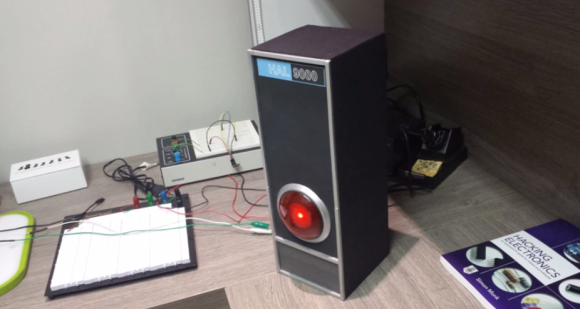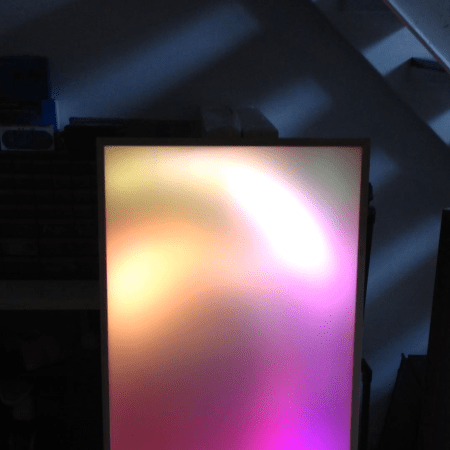Spot welders are super handy for making sheet metal enclosures for your projects. The problem is, commercial ones are rather expensive… The good news is, they’re actually really easy to make! This is [Caio Paulucci’s] first submission to Hack a Day, and it was a weekend project him and his father just finished.
A spot welder works by dissipating large amounts of heat in between two electrodes in the material you are bonding. It makes use of a transformer that converts mains voltage to a very low voltage, but high current energy source. The cool thing with this type of welder is it’s perfectly safe to hold onto the electrodes as the voltage is so low, you won’t get electrocuted. By running a super high current (generally >1000A @ ~1-2V) through a small surface area, you can super heat most materials hot enough to weld them together.
They can be made using the transformer from a microwave, some heavy duty welding wire (generally 2/0 or thicker), and a few other odds and ends such as wood, electrodes, and maybe a few nuts and bolts. At the most basic level, you are basically re-wrapping the transformer’s secondary coils to change the ratio to produce a low voltage, high current transformer.

















